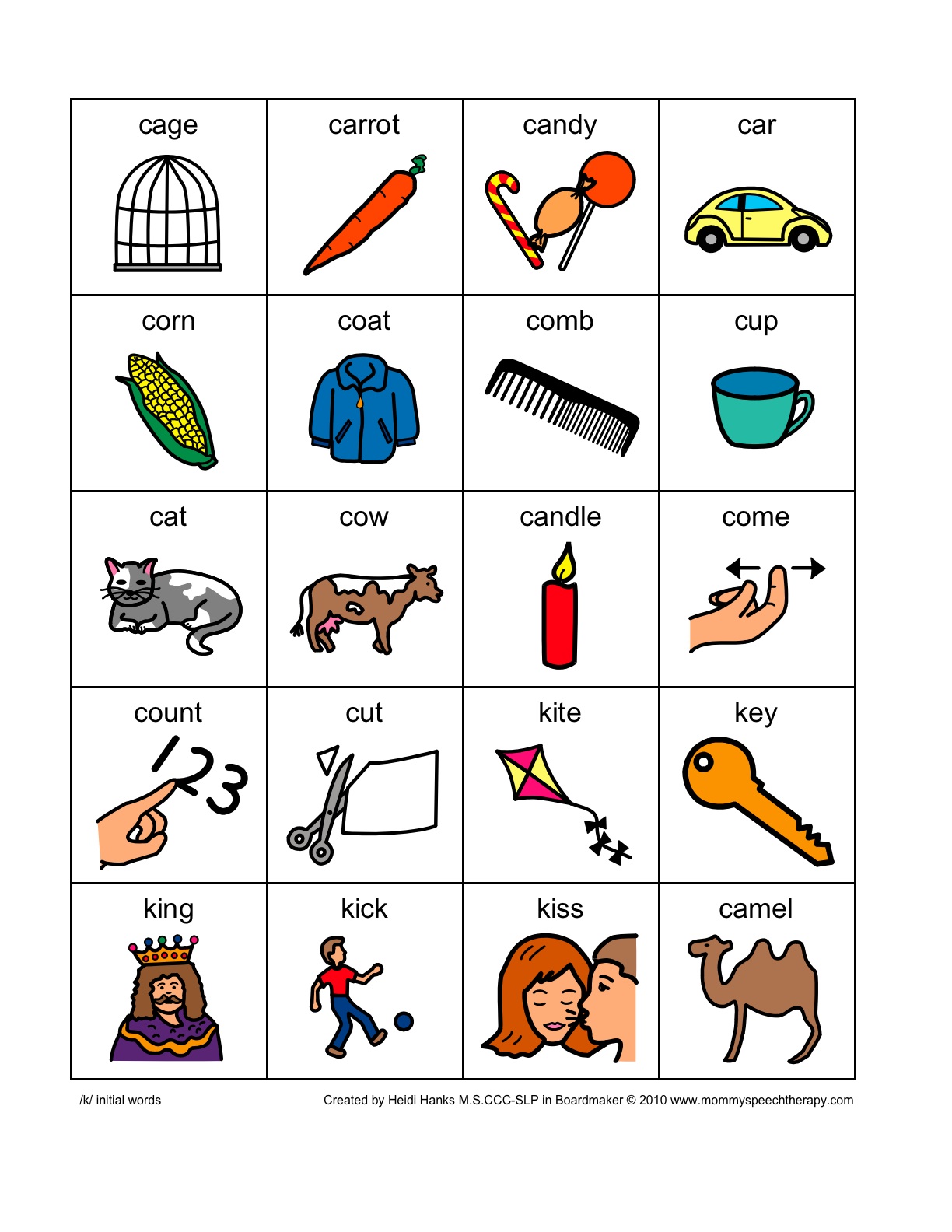

They understand that text is read from left to right.They know that each word on a page represents a spoken word.They hold books correctly and turn pages in the right direction.5 important pre-reading skills for preschoolers 1- Concepts of print

They’re not ready because they need a set of important pre-reading skills. Obviously, readers need to know high frequency words.īut HOW they learn these high frequency words matters.įirst … What should preschoolers know BEFORE they learn to read?Īfter all, we don’t teach newborn babies to read. It’s probably best to speak in terms of “high frequency words.” These are the most commonly used words in printed text. Therefore, all beginning readers have a different sight word vocabulary, because they all know a different set of words “by sight.” Sight words are words that a reader recognizes instantly, without needing to sound out or guess. Some people will tell you that sight words are words that cannot be sounded out.īut researchers’ definition of sight words is different. Also included in the positional words bundle are matching prepositional word sentences to use in a pocket chart for independent practice.First of all, let’s clarify what sight words are. To extend the learning further you can introduce the emergent reader during your small group time. If you’re concerned about water getting everywhere, you can use a tray to present the activity to your students in your small group. Invite your kids to spin the paper clip on the spinner and then move the duck to the correct location. Your little learners will have a blast using a rubber duck and a small bowl filled with water to learn prepositional phrases. To extend the learning you can use the spinner version of this same game to add variety. There’s also a printable cube you can use for each activity in the position words bundle if you prefer. For this bird activity pictured above, your students can move a red pom-pom on their game mats after rolling the pocket cube. There are many other books you can use for this purpose, you can find our preposition picture book list here for more ideas.Īnother way to engage your little learners is to use real objects to give your lessons a hands-on, interactive component to make learning fun.

One of my students favorite ways to practice positional words with their bodies is in response to a story, such as Going on a Bear Hunt, by Helen Oxenbury and Michael Rosen. That’s why practicing positional words with movements using their own bodies can be a great way to introduce this concept. You may use positional words often, but they can be difficult for some young children to learn. Positional Words Activities for Preschoolers
#PRE K WORDS HOW TO#
Understanding positional language and spatial relationships is critical when young children are learning how to follow directions and carry out instructions independently. Who is outside the window on the front porch?.We have to go to the grocery store before we can cook dinner.Here are some examples of the ways you may be familiar with using prepositions in your daily life: Position words are related to sequence and spatial relationships. While you may think of prepositions as primarily vocabulary and language development skills, they also play an important role in early math development. Prepositions are words that you use to describe where things are located in the world. If you’re looking for activities to help teach positional words to your preschool or pre-k students, try these fun, hands-on ideas to spice things up! Positional words, or prepositions, are common math and language objectives used in most high-quality early childhood programs.


 0 kommentar(er)
0 kommentar(er)
